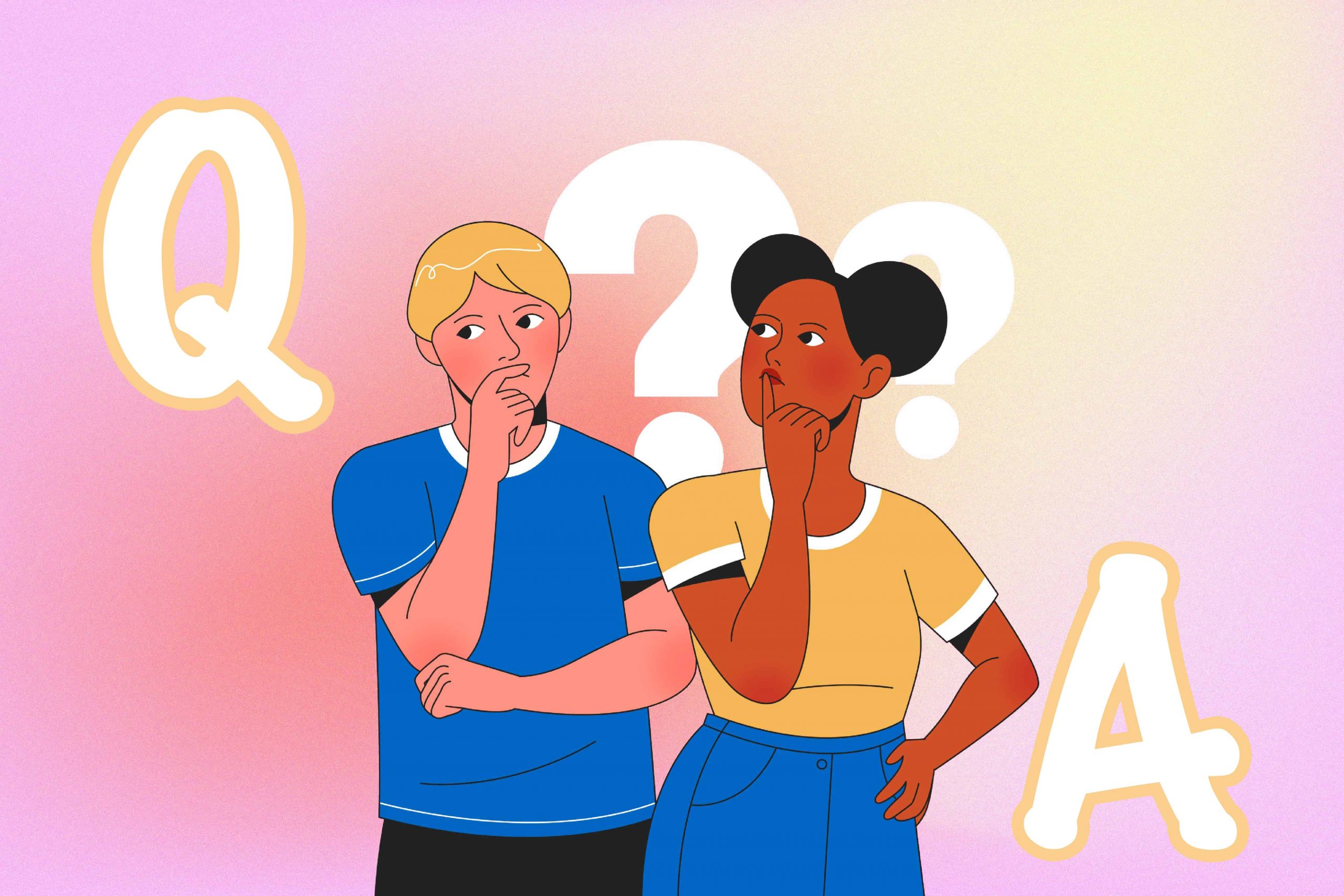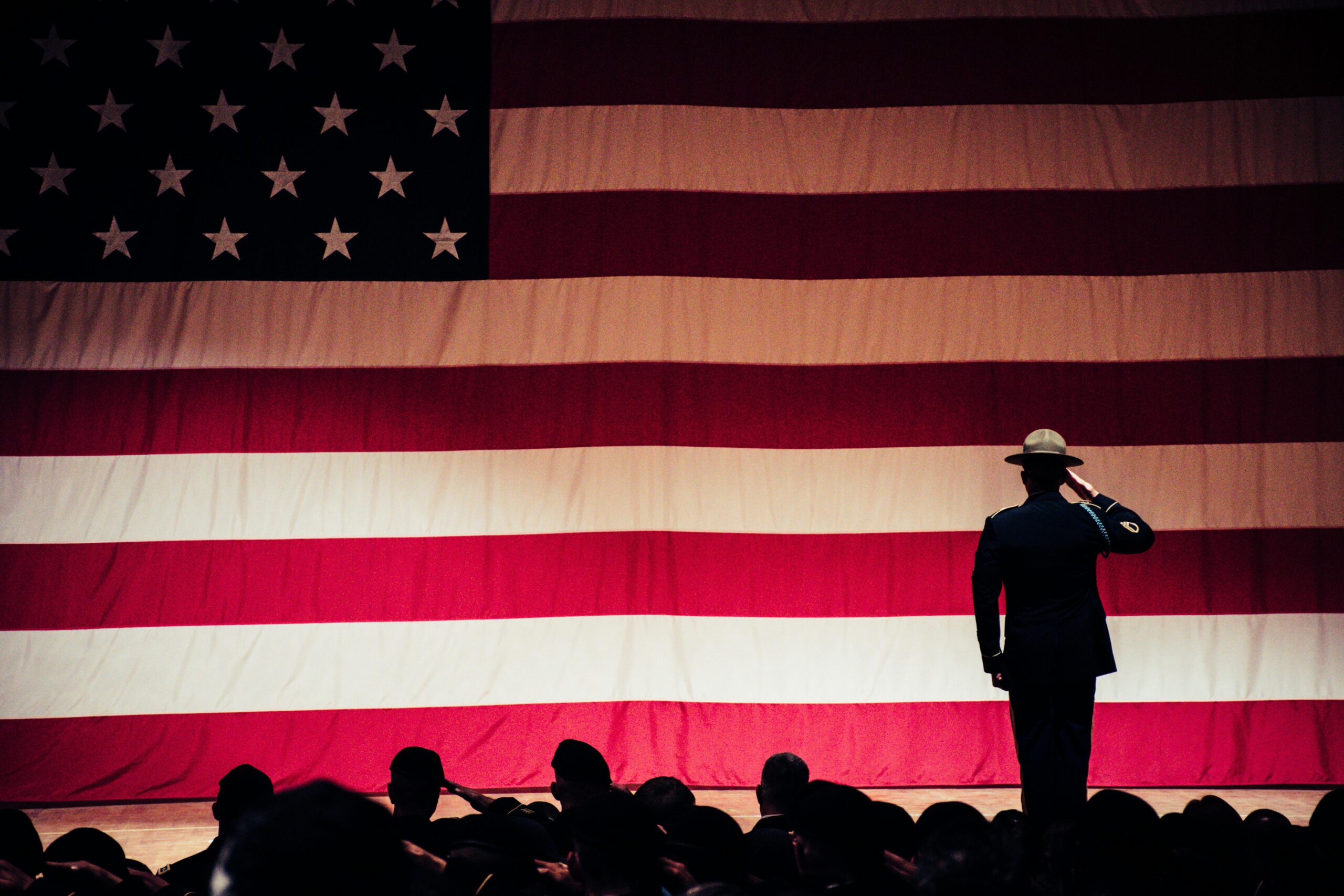- LIFE
190 Very Best Q&A Questions


Veterans Day is a solemn occasion dedicated to honoring the bravery and sacrifice of military veterans who have served in the United States Armed Forces. Unlike other holidays that commemorate military service, Veterans Day is unique in its focus on thanking living veterans for their service and contributions to the country. This day of remembrance has a rich history and is observed in various forms across the world, reflecting the universal respect for those who have donned the uniform. Understanding the history, significance, and contemporary observance of Veterans Day provides a deeper appreciation for the sacrifices made by service members.
Veterans Day celebrates all U.S. military veterans, whether living or deceased, who served during war or peace. It’s a day to recognize their courage, sacrifice, and commitment to protecting the nation’s freedom.
Veterans Day was first known as Armistice Day, commemorating the end of World War I. The armistice between the Allies and Germany took effect on November 11, 1918, marking the end of the war.
November 11 was chosen because the World War I armistice began on the 11th hour of the 11th day of the 11th month in 1918. This symbolic timing represents peace after years of devastating global conflict.
In 1954, President Dwight D. Eisenhower officially changed the name from Armistice Day to Veterans Day. The change honored veterans from all U.S. wars, not just those who fought in World War I.
While both honor military members, Memorial Day remembers those who died in service, whereas Veterans Day honors all veterans, both living and deceased, who have served their country.
Veterans Day is a federal holiday in the United States, meaning all government offices, banks, and most schools close for observance. It’s a time for parades, ceremonies, and community events honoring veterans.
Every year, a solemn ceremony takes place at the Tomb of the Unknown Soldier in Arlington National Cemetery. The President or a high-ranking official lays a wreath in tribute to all who served.
In 1968, the Uniform Holiday Bill moved Veterans Day to the fourth Monday of October to create a long weekend. However, many Americans opposed the change, and it returned to November 11 in 1978.
Many countries honor the same date as Remembrance Day or Armistice Day. Nations like the UK, Canada, and Australia use the red poppy symbol to remember those who served and died in wars.
The red poppy flower became a symbol of remembrance after World War I. Inspired by the famous poem “In Flanders Fields,” it represents the blood shed by soldiers and the resilience of life after war.
Although it honors military members, Veterans Day also celebrates the hope for peace. The holiday encourages unity, understanding, and gratitude toward those who fought to secure a safer world.
According to the U.S. Census Bureau, there are over 18 million living veterans today. They come from all branches of the military—Army, Navy, Air Force, Marines, and Coast Guard—and from every walk of life.
Women make up a significant portion of today’s military. Over 2 million women have served or are currently serving, highlighting their vital role in America’s defense and history.
Cities like New York City, Houston, and San Diego hold large Veterans Day parades featuring veterans’ groups, marching bands, and community organizations to honor those who’ve served.
Across the country, schools, churches, and local organizations host assemblies, flag-raising events, and essay contests to teach younger generations about the value of service and patriotism.
Many restaurants and stores provide free meals, services, and discounts to veterans and active-duty personnel on November 11. It’s a small token of gratitude for their commitment and sacrifice.
Veterans Day doesn’t just recognize combat veterans. It also honors those who served in peacekeeping missions around the world, helping stabilize and rebuild nations after conflicts.
Every year, the U.S. President signs a Veterans Day Proclamation, encouraging Americans to observe the day with ceremonies and expressions of appreciation toward those who served.
From World War II heroes to veterans of Iraq and Afghanistan, every generation of service members contributes to the nation’s story. Veterans Day unites them all under one message of honor and gratitude.
Though it’s a simple phrase, saying “thank you for your service” carries deep meaning. For veterans, it’s a reminder that their sacrifices are recognized and appreciated by their fellow citizens.